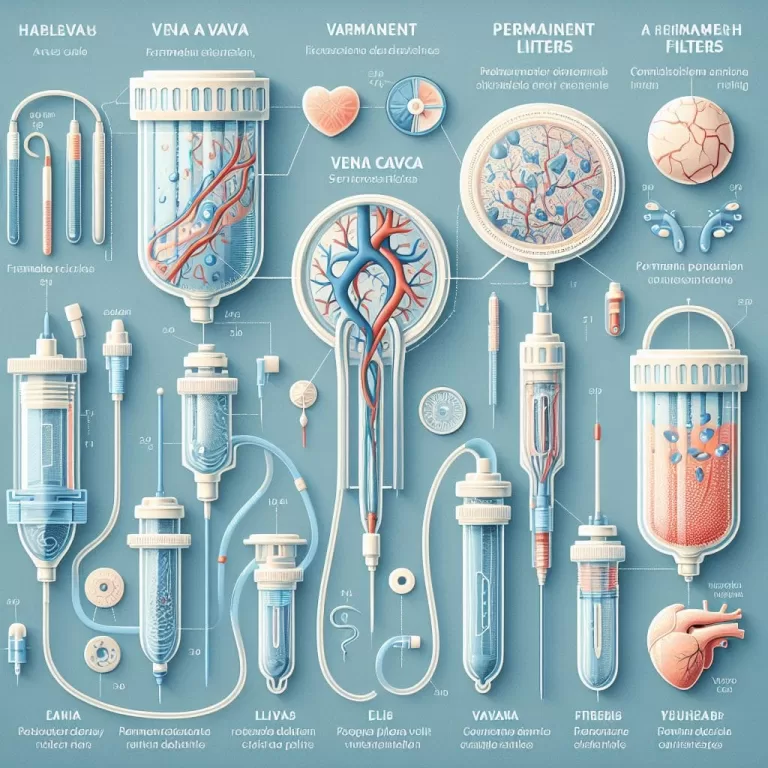SVC Filter
**SVC Filter: An Essential Guide for Treatment of Superior Vena Cava Obstruction**
An SVC filter (superior vena cava filter) is a medical device implanted in the superior vena cava (SVC) to prevent life-threatening pulmonary embolism (PE). Constructed from retrievable or permanent materials, it traps blood clots formed in the deep veins of the legs or pelvis, hindering their migration to the lungs.
Indications for SVC filter placement include:
* Deep vein thrombosis (DVT)
* Pulmonary embolism (PE)
* High risk of recurrent PE
Procedure:
An SVC filter is typically inserted through a small incision in the neck or groin under local anesthesia. Using fluoroscopic guidance, the filter is navigated into the SVC, where it expands and secures itself.
Types of SVC Filters:
* Retrievable: Designed to be removed once the risk of PE has subsided.
* Non-retrievable/Permanent: Implanted indefinitely and cannot be removed.
Efficacy:
SVC filters have been shown to significantly reduce the risk of PE. However, they carry potential complications, such as:
* Filter migration
* Venous injury
* Thrombosis of the SVC
* Post-thrombotic syndrome
Physicians recommend SVC filter placement for selected individuals who meet specific criteria. Regular follow-up is crucial to monitor the filter’s efficacy and address any potential complications.
Discover the Types of Vena Cava Filters: A Comprehensive Guide for Healthcare Professionals

Vena cava filters may prevent blood clots in your veins from reaching your lungs. They may be permanent, long-term solutions or temporary screens that may be removed after a few weeks or months. The vena cava is the large vein…
